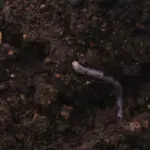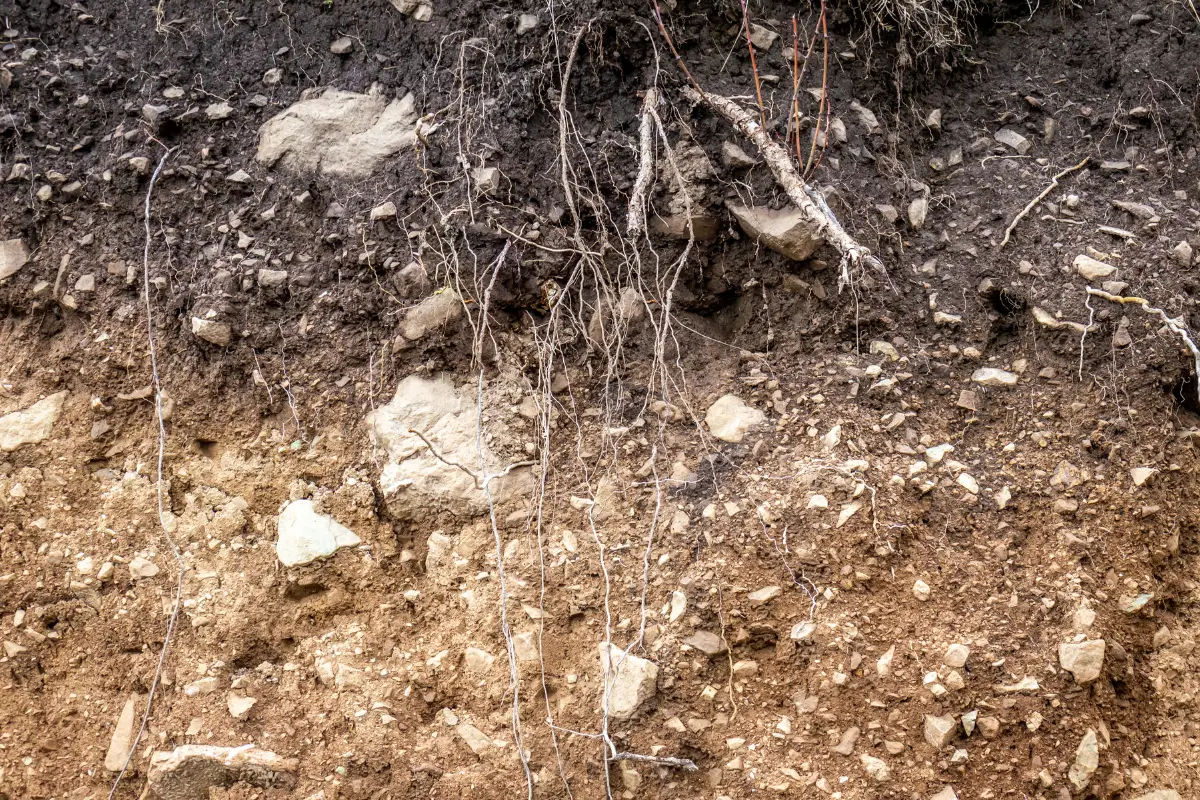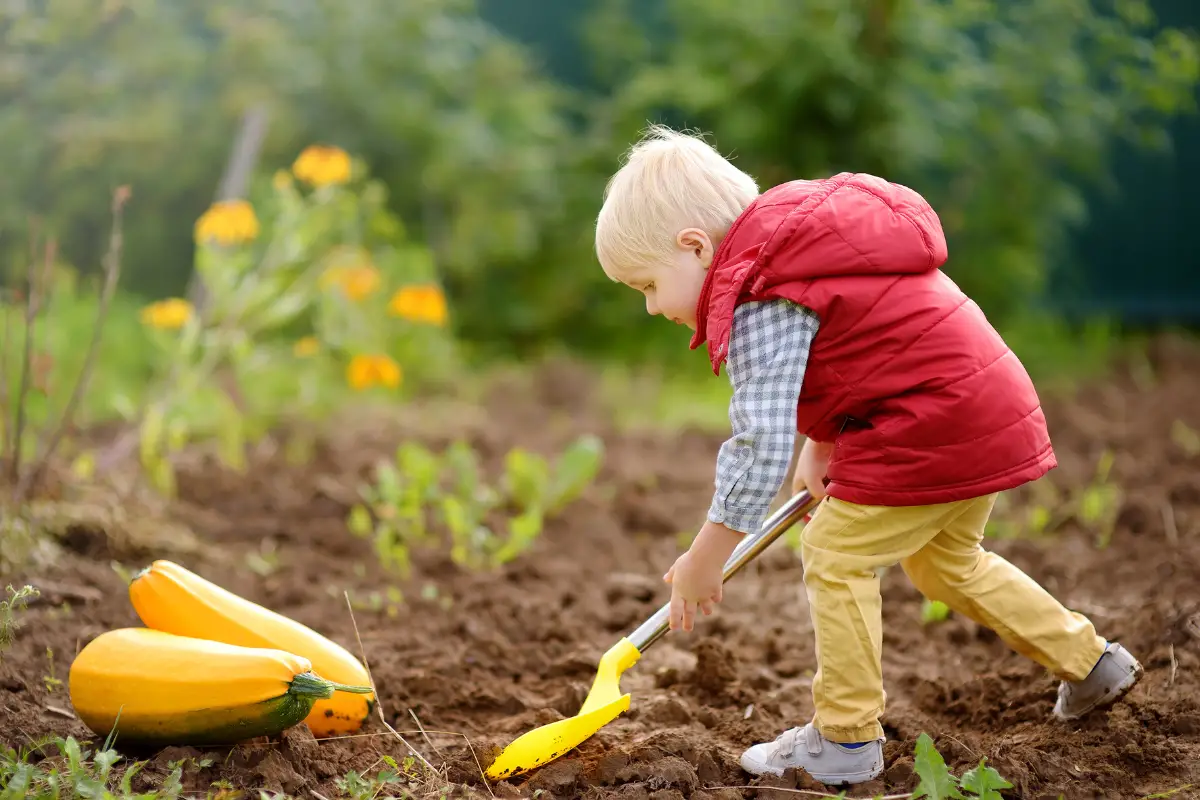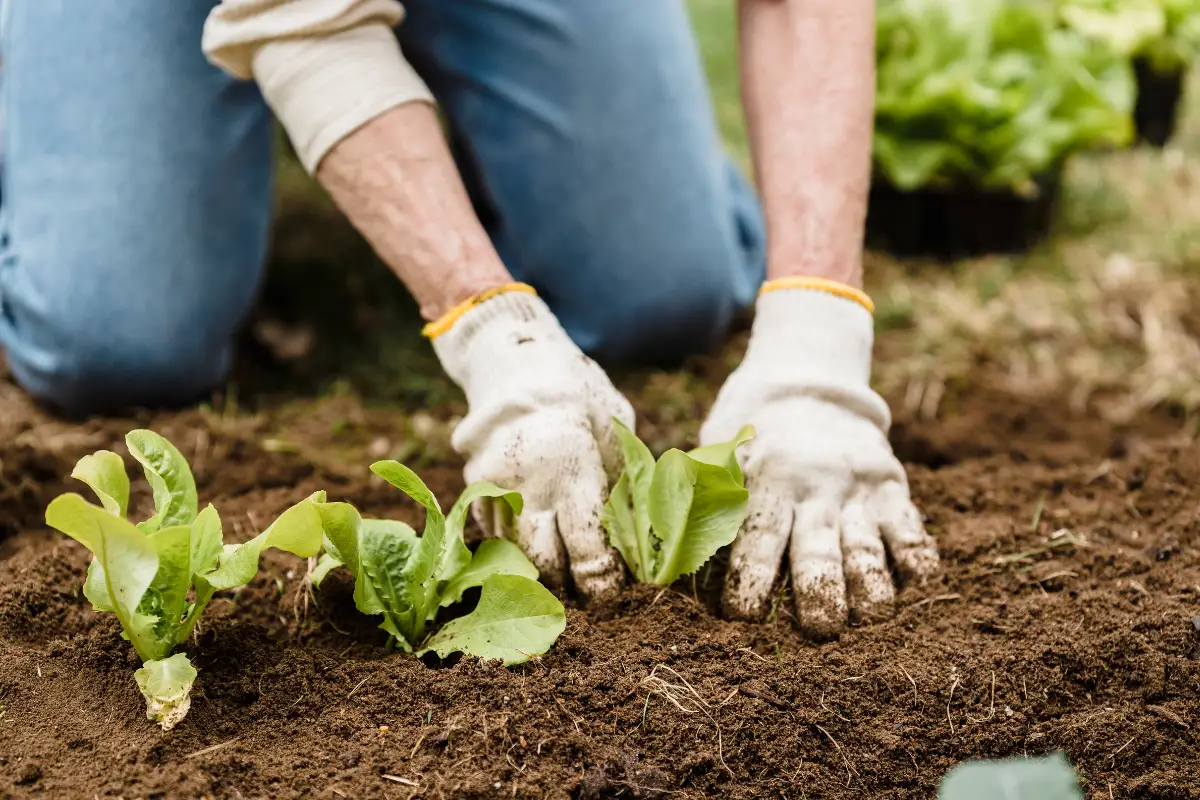Making organic fertilizer at home is a cost-effective and eco-friendly way to ensure that your plants receive the nutrients they need to thrive.
By using natural ingredients, you can avoid the harmful chemicals found in many commercial fertilizers and create a healthier growing environment for your garden.
There are many different recipes for homemade organic fertilizer, ranging from simple to complex. Some common ingredients include compost, manure, bone meal, and seaweed.
Depending on the plants you are growing and the nutrients they require, you may need to adjust the ratios of these ingredients to create the perfect blend.
When making your own fertilizer, it is important to remember that organic materials take time to break down and release their nutrients.
This means that you may not see immediate results, but over time, your plants will benefit from the slow-release nutrients provided by your homemade fertilizer.
With a little bit of experimentation and patience, you can create a custom fertilizer blend that will help your plants reach their full potential.

Table of Contents
The Basics of Organic Fertilizers
What is Organic Fertilizer?
Organic fertilizers are made from natural substances such as animal waste, plant material, and minerals.
These fertilizers are free from synthetic chemicals, which makes them safe for the environment and human health.
Organic fertilizers are designed to improve soil quality and provide nutrients to plants. They are also known for improving soil structure, water-holding capacity, and reducing soil erosion.
Benefits of Organic Fertilizers
Organic fertilizers offer several benefits over synthetic fertilizers. They are environmentally friendly and reduce the risk of water pollution.
They also improve soil fertility, which results in healthier plants that produce higher yields.
Organic fertilizers also promote the growth of beneficial microorganisms in the soil, which helps to break down organic matter and release nutrients to plants.
Types of Organic Fertilizers
There are several types of organic fertilizers available, each with their own unique benefits. Here are a few examples:
- Compost: Compost is made from decomposed plant material and animal waste. It is a rich source of nutrients and organic matter that helps to improve soil fertility. Compost can be made at home with kitchen scraps, yard waste, and other organic materials.
- Manure: Manure is an excellent source of nitrogen, phosphorus, and potassium. It also contains other micronutrients that are essential for plant growth. However, manure should be aged or composted before use to prevent the risk of disease transmission and reduce the risk of nutrient loss.
- Bone Meal: Bone meal is made from animal bones that have been ground into a fine powder. It is an excellent source of phosphorus, which is essential for root development and flower production. Bone meal is also a good source of calcium, which helps to improve soil structure.
- Fish Emulsion: Fish emulsion is made from fish waste that has been processed into a liquid form. It is a rich source of nitrogen, which is essential for plant growth. Fish emulsion is also a good source of trace minerals such as calcium, magnesium, and sulfur.
Organic fertilizers offer a safe and effective way to improve soil fertility and provide nutrients to plants.
By choosing organic fertilizers, gardeners can reduce their environmental impact and promote healthier, more sustainable gardening practices.
Prices pulled from the Amazon Product Advertising API on:
Product prices and availability are accurate as of the date/time indicated and are subject to change. Any price and availability information displayed on [relevant Amazon Site(s), as applicable] at the time of purchase will apply to the purchase of this product.
Making Your Own Organic Fertilizer
Organic fertilizers are a great way to provide your plants with the nutrients they need to grow healthy and strong.
Making your own organic fertilizer at home is a simple and cost-effective way to ensure that your plants are getting the nutrients they need without relying on synthetic fertilizers.
Choosing the Right Ingredients
When making your own organic fertilizer, it’s important to use the right ingredients. Some common ingredients for organic fertilizers include:
- Compost
- Manure
- Bone meal
- Blood meal
- Fish emulsion
- Kelp meal
Each of these ingredients provides different nutrients to your plants, so it’s important to choose the right ones for your specific needs.
For example, bone meal is high in phosphorus, which is important for root development, while blood meal is high in nitrogen, which is important for leaf growth.
Composting Process
One of the most common methods for making organic fertilizer is through the composting process.
Composting is the process of breaking down organic matter, such as food scraps and yard waste, into nutrient-rich soil. Here are the basic steps for making compost:
- Collect organic matter, such as food scraps, yard waste, and leaves.
- Combine the organic matter in a compost bin or pile.
- Add water to the compost pile to keep it moist.
- Turn the compost pile regularly to ensure that it’s aerated and breaking down properly.
- Wait for the compost to break down into nutrient-rich soil.
Composting can take several weeks to several months, depending on the size of your compost pile and the materials you’re using.
Alternative Methods of Making Organic Fertilizer
In addition to composting, there are several other methods for making organic fertilizer at home. Some alternative methods include:
- Using worm castings: Worm castings are a nutrient-rich soil that is created by worms. You can purchase worm castings or create your own worm composting bin.
- Making compost tea: Compost tea is created by steeping compost in water. This creates a liquid fertilizer that can be applied directly to your plants.
- Using cover crops: Cover crops are plants that are grown specifically to add nutrients to the soil. When the cover crop is tilled back into the soil, it provides a natural fertilizer for your plants.
Overall, making your own organic fertilizer at home is a great way to provide your plants with the nutrients they need to grow healthy and strong.
By choosing the right ingredients and using the right methods, you can create a nutrient-rich soil that will help your plants thrive.
Using Your Homemade Organic Fertilizer
After making your own organic fertilizer at home, it’s important to know how to use it properly to get the best results for your plants.
Here are some tips on how to apply, store, and handle your homemade organic fertilizer.
Application Methods
There are several ways to apply organic fertilizer to your plants, including:
- Top-dressing: Spread a layer of fertilizer on top of the soil around the base of your plants, being careful not to touch the stems or leaves. This method is best for established plants that are already growing.
- Side-dressing: Apply fertilizer in a line alongside the plants, about 2-3 inches away from the stem. This method is best for young plants or those that need a boost of nutrients.
- Incorporation: Mix the fertilizer into the soil before planting. This method is best for new garden beds or when starting seeds.
When applying fertilizer, it’s important to follow the recommended application rates for your specific type of fertilizer. Too much fertilizer can burn your plants and harm the soil.
Storage and Handling
Proper storage and handling of your homemade organic fertilizer is important to maintain its effectiveness and safety. Here are some tips:
- Store in a dry, cool place: Keep your fertilizer in a dry, cool place away from direct sunlight. Moisture and heat can cause the fertilizer to break down and lose its effectiveness.
- Label and date your fertilizer: Label your fertilizer with the type of fertilizer, date of creation, and recommended application rates. This will help you keep track of what you’ve made and when to use it.
- Keep out of reach of children and pets: Homemade organic fertilizer may be safe for plants, but it can be harmful if ingested. Keep it out of reach of children and pets and wear gloves when handling it.
By following these tips, you can ensure that your homemade organic fertilizer is effective and safe for your plants.
Conclusion
In conclusion, making your own fertilizer at home can be a rewarding and cost-effective way to nourish your plants and promote their growth.
By using organic materials and household waste, you can create a nutrient-rich fertilizer that is environmentally friendly and sustainable.
- How to Build a Planter Box for Bamboo: A Step-by-Step Guide

- Can Robotic Lawnmowers Handle Steep Slopes?

- Do You Need a Specific Lawn for a Robotic Lawnmower? Expert Advice

- Are Robotic Lawnmowers Safe for Pets and Children? Safety Features of Robotic Lawnmowers

- Why Use Robotic Lawnmowers? Advantages of Using a Robotic Lawnmower

- Is the GARDENA SILENO City 300 Cordless or Corded? A Clear Answer






















